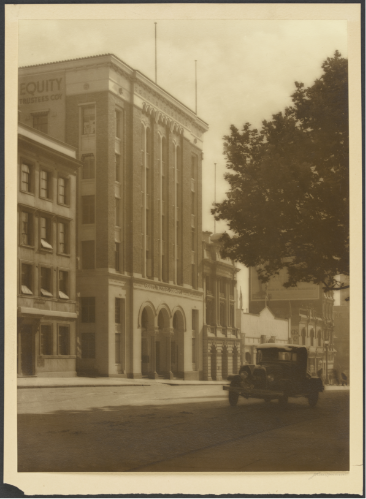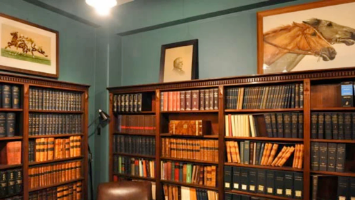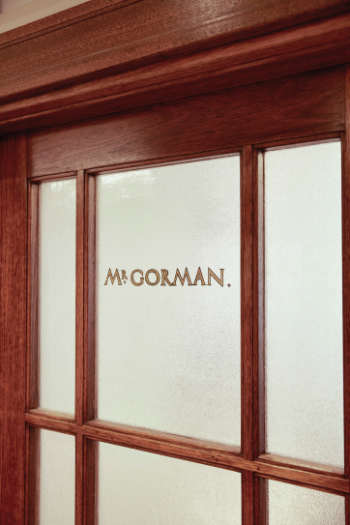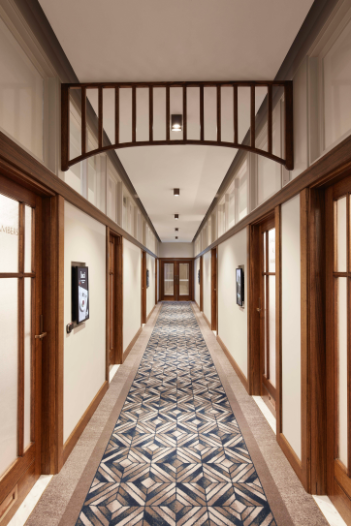4. Mr. Gorman Meeting Room
Among those who had set up law firms at the Equity Chambers, Sir Eugene “Pat” Gorman was one of the most esteemed. He was a key member of Melbourne’s legal fraternity and even praised by some as Victoria’s greatest trial lawyer. Speaking of his mastery in speech, a contemporary described his voice as “threatening, terrifying, demanding, soothing, persuasive, cajoling or pleading, as the occasion required”. He would also enhance his words “whenever he could by apt classical quotations”.

Along with many local judges and barristers, Gorman moved into the third floor of the building in its inaugural year. He must have held many important rendezvouses in his meeting room – he was said to have entertained leading figures of the political, legal and business worlds there over cards and whiskey. Sir John V. Barry, who would eventually become a Supreme Court Judge in 1947, read with him at one point. The two teamed up on multiple occasions, as Barry appeared as a junior to Gorman’s cases.
As his business expanded, Eugene Gorman QC Barristers Chambers Limited also rented a large section of the fourth floor.

Main Staircase (Upper Floors), 1930s
Source: Journal of the Royal Victorian Institute of Architects, November 1931
It served as the workplace for 14 barristers from 1956 to 1960. After he passed away, his legacy lived on through the Gorman Chambers, as those rooms were occupied by his successors up until 2010.

The former chamber of Eugene Gorman, 2010
Source: Fairfax Syndication
Mr. Gorman’s Meeting Room still bears his name at Hilton Melbourne Little Queen Street.
There, guests can picture the bigwig of the legal field – quite literally, considering his court room attire – formulate his arguments and demonstrate his convincing charm behind the timber door.

Gorman Room | original timber frame glazed door
Photo by: Sean Fennessy

Heritage office hallway
Photo by: Sean Fennessy